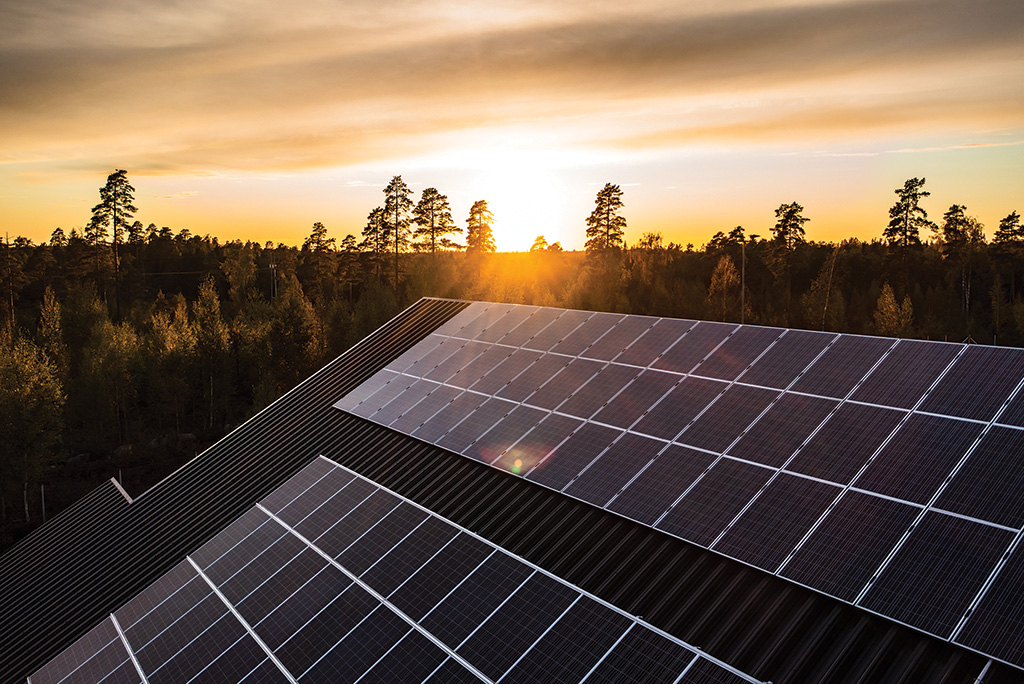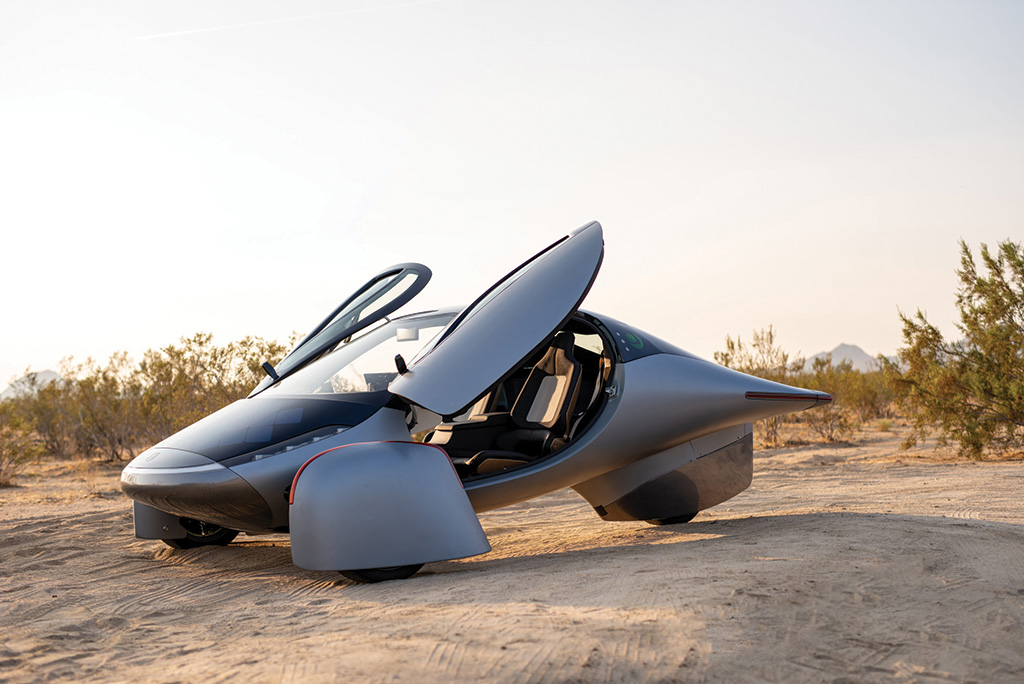The Inflation Reduction Act (IRA) was signed into law by President Joe Biden on August 16 after passing both the House and Senate. The IRA aims to lower energy costs and health care costs, invest in domestic energy production and manufacturing; and, more importantly, will help Idahoans spend less on their energy bills—$290 on average—while also drastically decreasing levels of harmful carbon pollution in our air. But what else does it mean for the Gem State? Here are three ways the IRA can help you save some serious cash, and two ways it will protect your health and the great outdoors.
1. CONSUMER HOME REBATE PROGRAMS
The IRA allocates about $9 billion to help moderate- and lower-income Americans cut their energy bills. In Idaho, hundreds of thousands of residents will be able to access these rebates, with homeowners expected to save, on average, about 15% on their utility bills every single year because of the IRA. The new law accomplishes this by subsidizing energy-efficient electric appliances in a bid to encourage energy-efficient home renovations. For example, if you want to upgrade your home’s insulation, you could receive a rebate of up to $1,600. And if you want to install an induction stove that emits no harmful methane gas (unlike gas stoves), you could get a tax credit of up to $1,200 per year. So, if you plan on retrofitting your home to be more energy efficient, this law will help you pay for some of the changes, up to $14,000.
2. TAX CREDITS FOR HOMES TO RUN ON CLEAN AND CHEAP ENERGY
The IRA contains several tax credits to allow Idahoans to afford access to clean energy and energy-efficient technologies. The most important ones are cheaper heat pumps, which can both cool and heat homes more efficiently, and solar panel systems, which could seriously cut down electricity bills. The act provides a 30 percent tax credit for installing solar panels, a credit that will allow an estimated 50,000 Idahoans to install these panels. And, if you install a new heat pump in your home, you could save up to $8,000, which can cover a huge fraction of the cost. The IRA will also make it a lot cheaper to buy an electric HVAC system or water heater (up to $1,750 off). Beyond the direct savings, Idahoans will benefit from having more clean energy jobs in the state. The IRA is slated to invest almost $300 million into clean energy production in Idaho by 2030, resulting in the creation of new jobs statewide.

The act provides a 30 percent tax credit for installing solar panels; because of this credit, about 50,000 Idahoans are estimated to be able to install these panels.
3. FUNDING TO CONSERVE NATURE AND FIGHT DROUGHT
The IRA contains $4 billion to help deal with the megadrought that is plaguing the American West. Additionally, about $700 million will be allocated to protect and conserve forested lands, ensuring that Idaho stays beautiful, a move celebrated by the Idaho Conservation League. And, as a part of the law’s conservation measures, farmers across the country will receive financial support from the federal government to implement more environmentally friendly practices. In total, about $20 billion will be spent on helping to improve agricultural practices, which could seriously help the almost 25,000 farms in Idaho.
4. CLEANER AND SAFER AIR
The provisions in the IRA will result in less dirty energy sources like gas, coal, and oil being burned and polluting the land and air we breathe. Because of this law, some estimates predict that we will prevent about 100,000 asthma attacks every single year by 2030. And before the end of the decade, improvements in our air quality from this law could stop almost 3,900 unnecessary, premature deaths.
5. ELECTRIC VEHICLE TAX BREAKS, ESPECIALLY FOR MIDDLE- AND LOW-INCOME IDAHOANS
If you buy a new electric car, you could receive up to a $7,500 tax credit. And, if it’s a used vehicle, you’ll still get $4,000. To receive the tax credits, your electric vehicle would need to be manufactured in the U.S. While government tax credits for buying electric vehicles already exist, they’re much smaller, don’t exist in every state, and may not apply when you purchase used vehicles. Single adults making under $150,000 a year are eligible for this tax credit.
In short, the IRA marks a massive leap forward for climate action; putting cleaner options in reach for more people will help make a solid dent in emissions, create good jobs and save people money in the short and long term. With the passage of this law, we are now on track to reduce emissions by 40 percent (of 2005 levels) by the year 2030.


